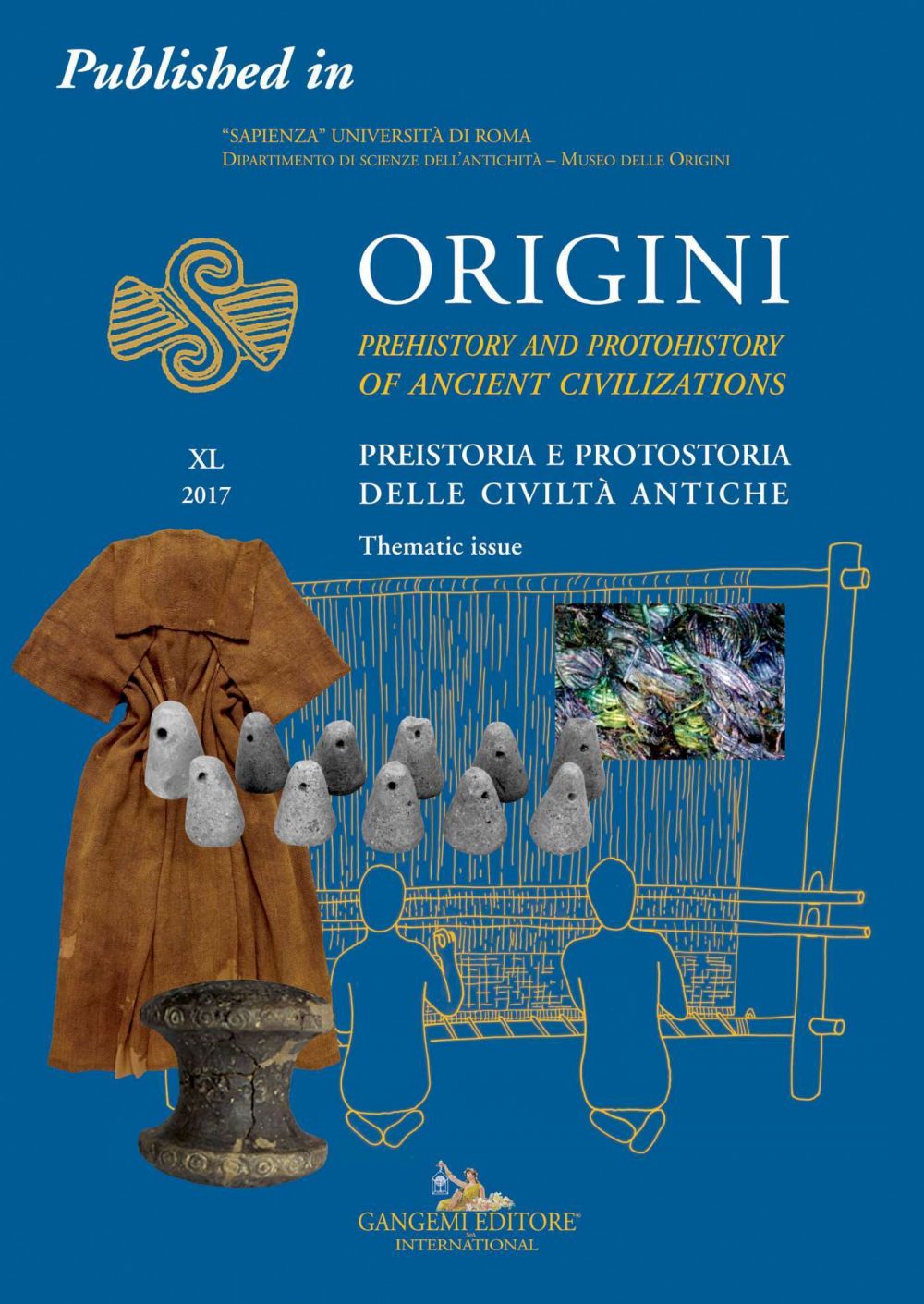Descrizione
Published in Origini n. XL/2017. Rivista annuale del Dipartimento di Scienze dell’Antichità – “Sapienza” Università di Roma | Preistoria e protostoria delle civiltà antiche – Prehistory and protohistory of ancient civilizations | Starting with the analysis of a recent discovery in an Orientalising necropolis at Veii, and by re-examining some new and old discoveries of textiles from female Etruscan and Latial tombs, this paper aims to define the female ceremonial dress between the Late Iron Age and the Orientalising age. This dress, which takes on a symbolic significance in special occasions and rites of passages of aristocratic life (marriage, death, birth), was used to affirm the gender identity acknowledged by the community. Women enhanced their beauty by wearing precious jewellery and garments enriched by the application of decorative glass and amber beads, pendants and metal plaques, studs and buttons, but these accoutrements also underlined their wealth and social status. Women’s elaborate adornment may have been thought to provide some protective measures, and visually communicated a sign of fertility and displayed their aesthetics and/or sexual value. She herself is an agalma and with her dowry a valuable resource for the oikos. In addition, this paper will contextualise the use of specific clothes in the wider gentilician ceremonial world, by taking the textiles and female ornaments in question, as part of a larger program made up of figurative ornaments, but also sounds, smells, food and words that we can only imagine.




